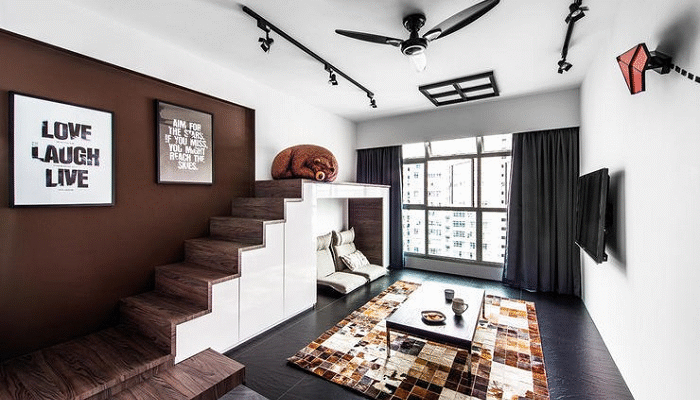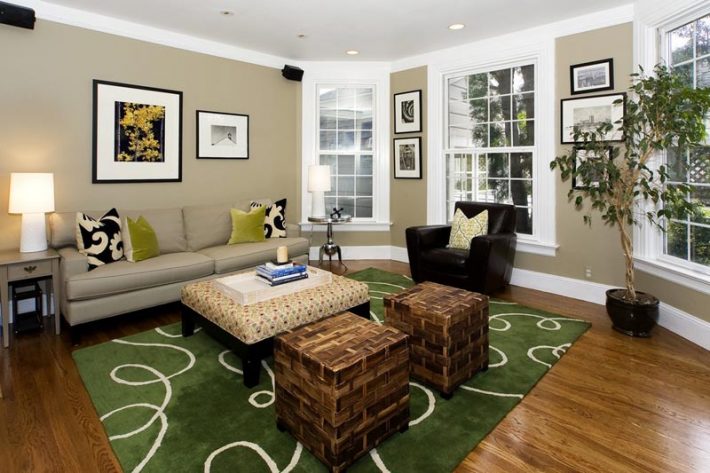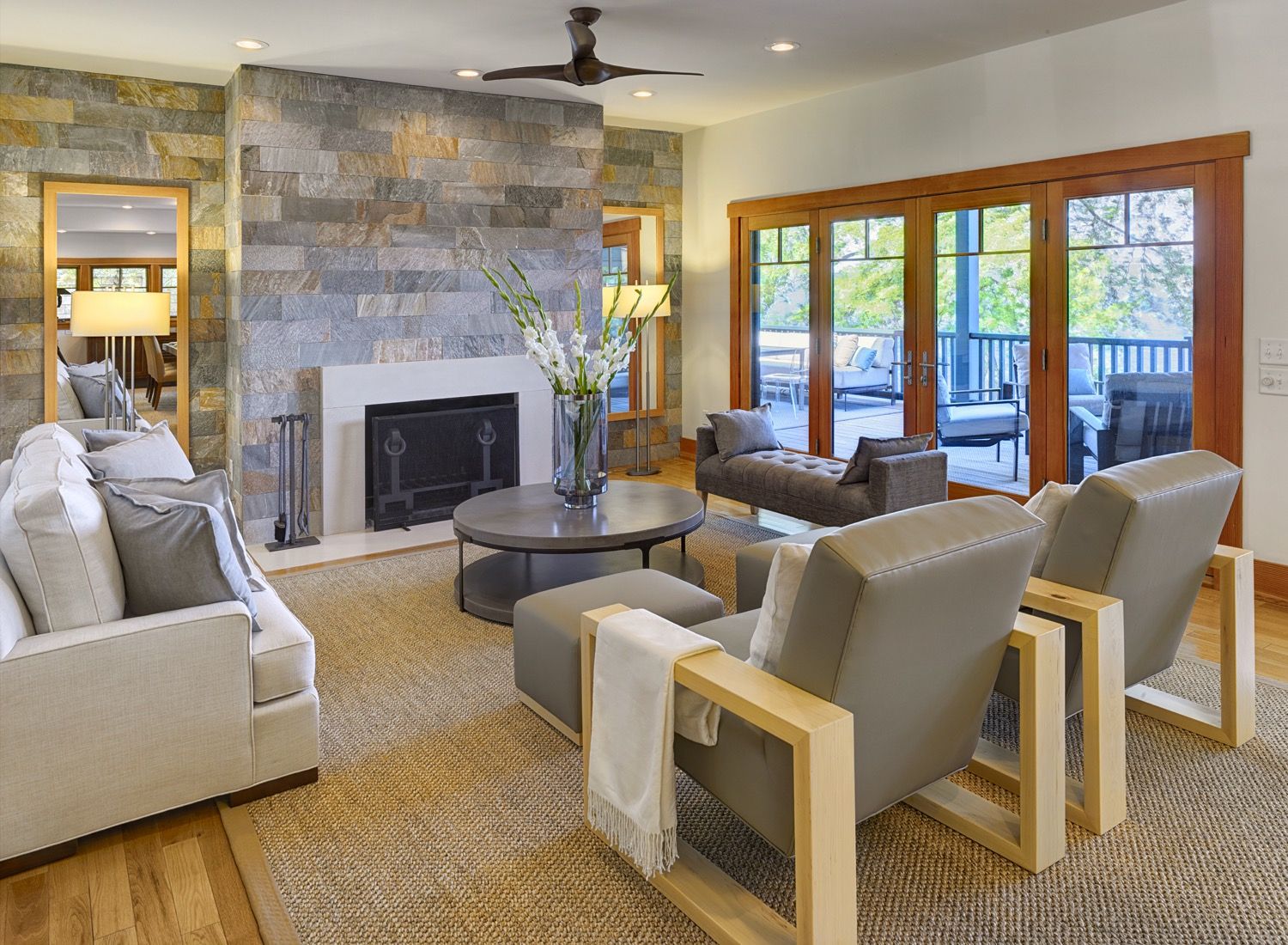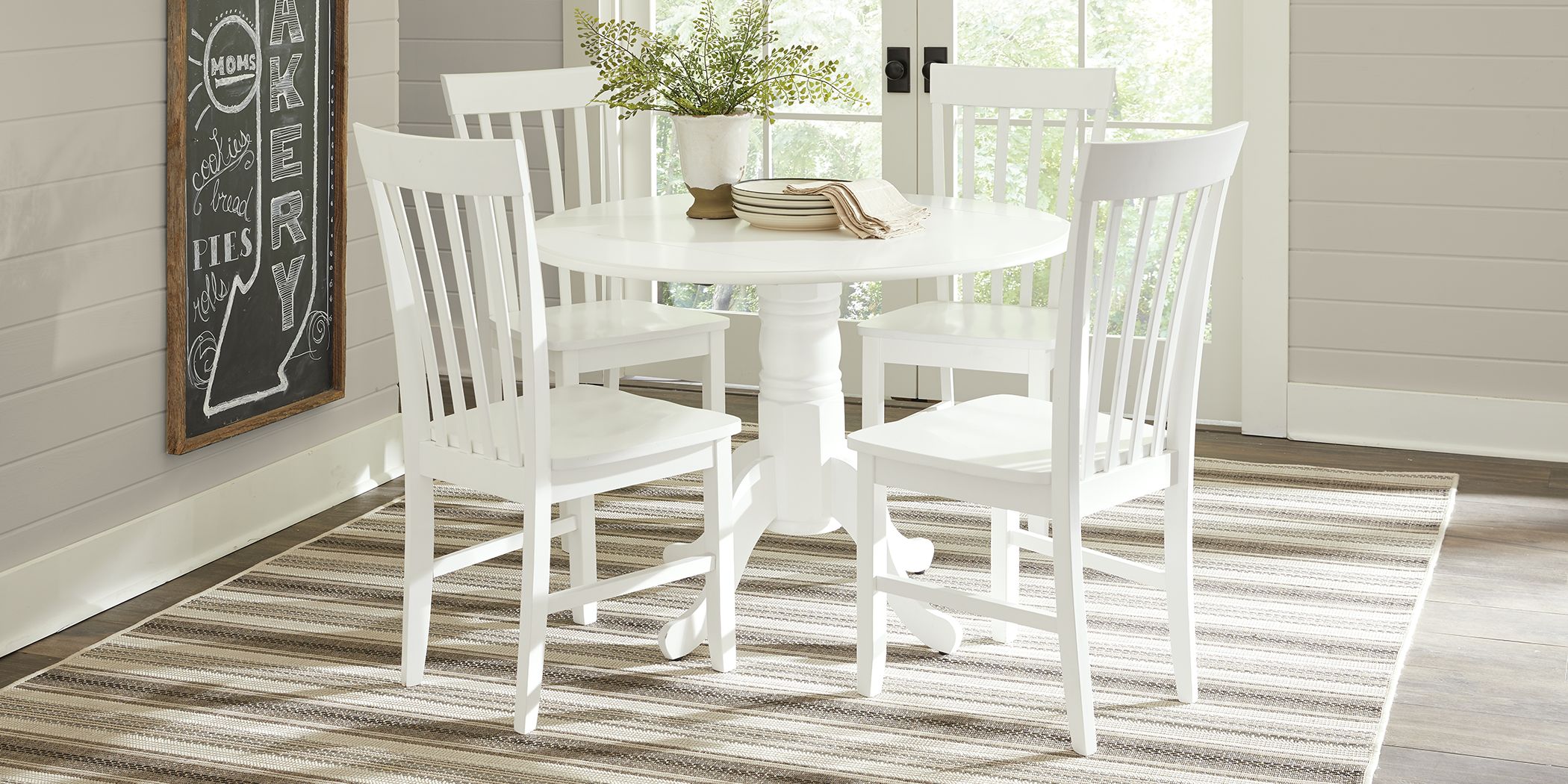Living rooms are often the heart of a home, where family and friends gather to relax and spend time together. For those who have hearing impairments, it is important to create a living room that is both functional and welcoming. Here are 10 design ideas to make your living room more hearing impaired friendly. Hearing Impaired Living Room Design Ideas
When designing a living room for someone with a hearing impairment, it's important to keep in mind the challenges they may face. This includes difficulties with communication, understanding conversations, and navigating the space. To create a hearing impaired friendly living room, consider the layout, lighting, and use of technology. How to Create a Hearing Impaired Friendly Living Room
Technology has come a long way in helping those with hearing impairments. There are many devices and gadgets that can be incorporated into a living room to make it more accessible. These include hearing aids, personal amplifiers, and sound alert systems. These devices can enhance the hearing experience and make communication easier. Assistive Technology for Hearing Impaired Living Rooms
Aside from technology, there are many other ways to make a living room more hearing impaired friendly. For example, using visual cues like hand gestures or facial expressions can help with communication. It's also important to keep background noise to a minimum and reduce echoes by using soft furnishings and carpeting. Tips for Making Your Living Room More Accessible for the Hearing Impaired
Speaking of carpeting, it is often the preferred flooring option for hearing impaired living rooms. The soft surface can help reduce background noise and echoes, making it easier to hear conversations. However, if you prefer hard flooring, consider adding area rugs or carpet tiles to help absorb sound. Best Flooring Options for Hearing Impaired Living Rooms
The way furniture is arranged in a living room can also impact the acoustics of the space. Avoid placing furniture in front of big windows or near noisy appliances. Instead, arrange furniture to face each other to help with communication. Also, consider using furniture with soft surfaces, such as upholstered chairs and sofas, to help with sound absorption. Furniture Arrangement for Hearing Impaired Living Rooms
Proper lighting is crucial for those with hearing impairments. Good lighting can help with lip reading and interpreting facial expressions. When designing a living room, make sure to have a mix of natural and artificial lighting. Use floor and table lamps to provide additional light sources and avoid harsh overhead lighting. Lighting Solutions for Hearing Impaired Living Rooms
In addition to using soft furnishings and carpeting, there are other soundproofing techniques that can be used in a living room. These include adding acoustic panels to walls and using soundproof curtains or window treatments. These methods can help reduce background noise and echoes, making it easier for those with hearing impairments to communicate. Soundproofing Techniques for Hearing Impaired Living Rooms
When it comes to decorating a hearing impaired friendly living room, there are a few things to keep in mind. Use contrasting colors to help make visual cues, such as hand gestures, more noticeable. Avoid using busy patterns or too many decorations that can be visually overwhelming. And don't forget to incorporate personal touches and artwork to make the space feel inviting and homely. Decor Ideas for Hearing Impaired Living Rooms
In addition to making the living room more accessible, it's also important to create a safe and comfortable environment for those with hearing impairments. This means removing potential hazards, such as loose cords and furniture with sharp edges. It's also a good idea to have a designated space for hearing aids and other assistive devices. Creating a Safe and Comfortable Living Room for the Hearing Impaired
The Importance of Creating a Hearing Impaired-Friendly Living Room
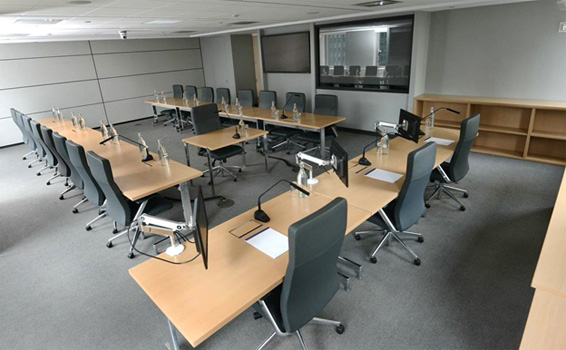
Designing a home that caters to the needs of individuals with hearing impairments is a crucial aspect of inclusive and accessible living. While there are many design elements that can be incorporated throughout the house, the living room is often the central gathering space for families and friends. Therefore, it is essential to make this area comfortable and welcoming for those with hearing impairments.

When designing a living room for individuals with hearing impairments, there are several key factors to consider. The first step is to ensure that the room has proper lighting. Bright, natural lighting can help make it easier for individuals with hearing impairments to lip-read and communicate with others. Additionally, incorporating multiple light sources such as overhead lights, lamps, and natural light from windows can create a comfortable and well-lit environment.
Another crucial aspect to consider is the layout of the living room. Open floor plans with minimal obstructions can make it easier for individuals with hearing impairments to move around and interact with others without feeling isolated. Strategic placement of furniture and decor can also help minimize background noise and distractions, making it easier for individuals with hearing impairments to focus on conversations and activities.
Aside from the physical design elements, the use of technology can also greatly improve the living room experience for individuals with hearing impairments. Smart home devices such as voice-activated speakers and televisions can help individuals with hearing impairments control their environment and stay connected with others. Induction loop systems , which use electromagnetic energy to transmit sound directly to hearing aids, can also be installed to improve sound quality in the living room.
In addition to these design elements, incorporating visual cues and aids can also greatly benefit individuals with hearing impairments in the living room. This can include using bright and contrasting colors for walls and decor, providing written communication such as notes or captions, and having a designated quiet area for individuals who may need a break from socializing or noise.
In conclusion, designing a living room with hearing impairments in mind is crucial for creating an inclusive and welcoming home environment. By considering factors such as lighting, layout, technology, and visual aids, individuals with hearing impairments can feel more comfortable and engaged in their living room. Remember, a well-designed living room can not only improve the quality of life for individuals with hearing impairments, but it can also benefit everyone in the household by creating a more harmonious and accessible living space.


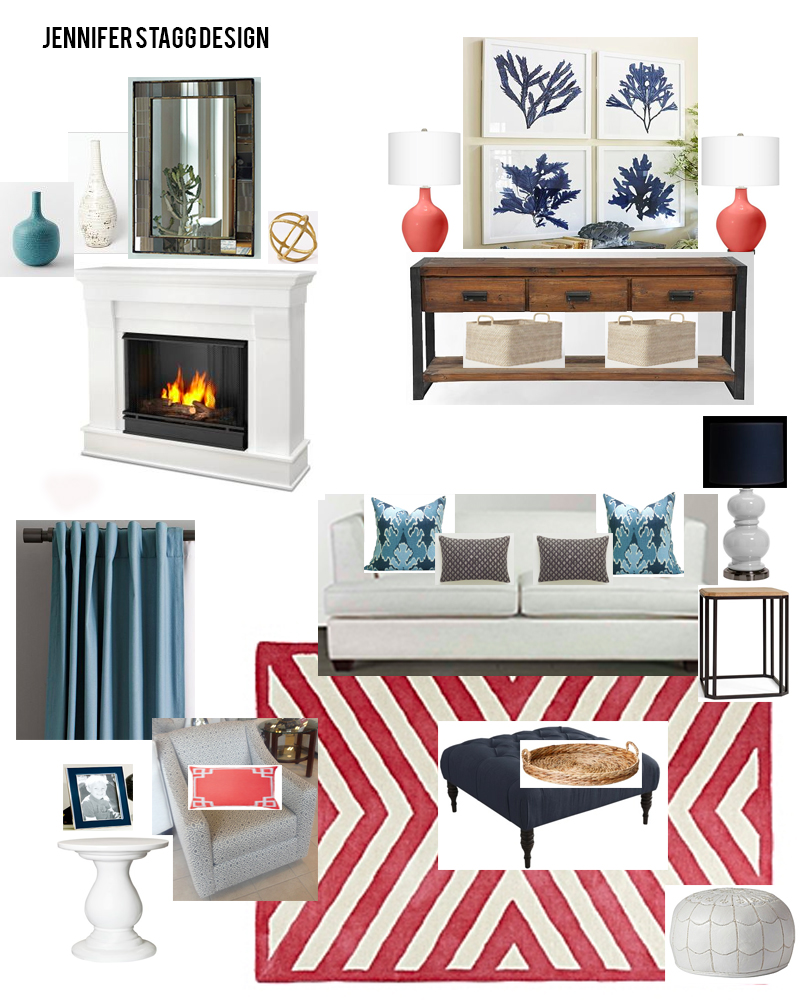




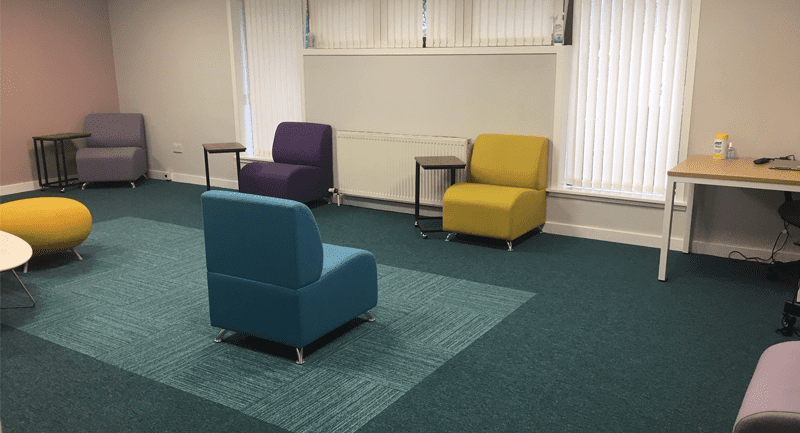



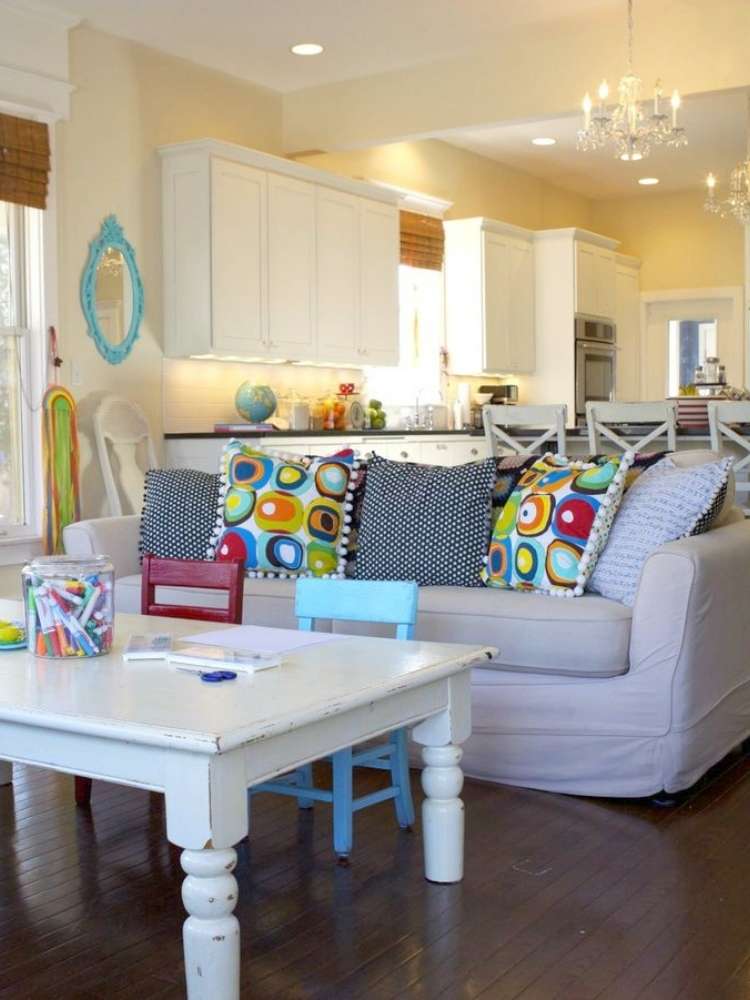






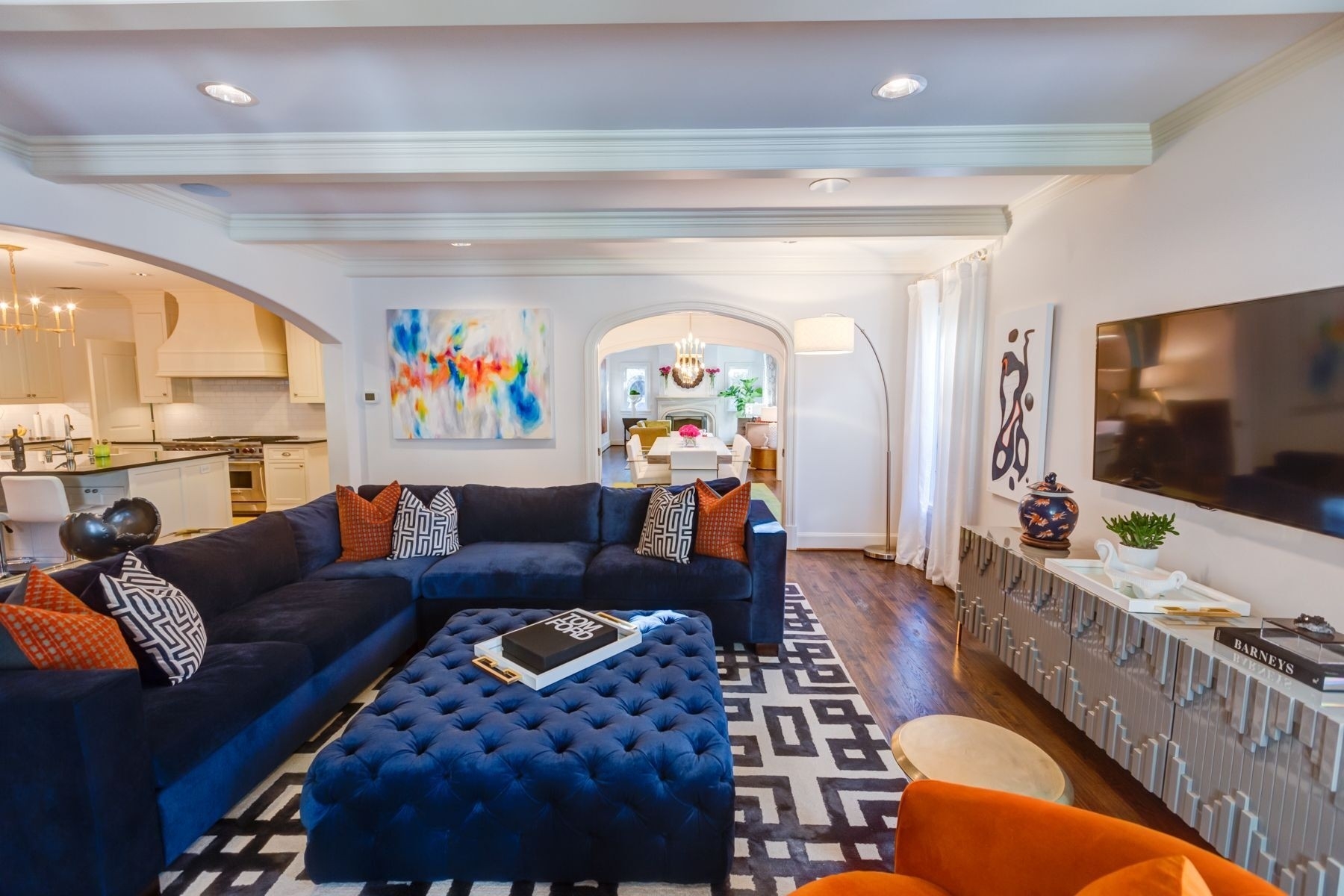
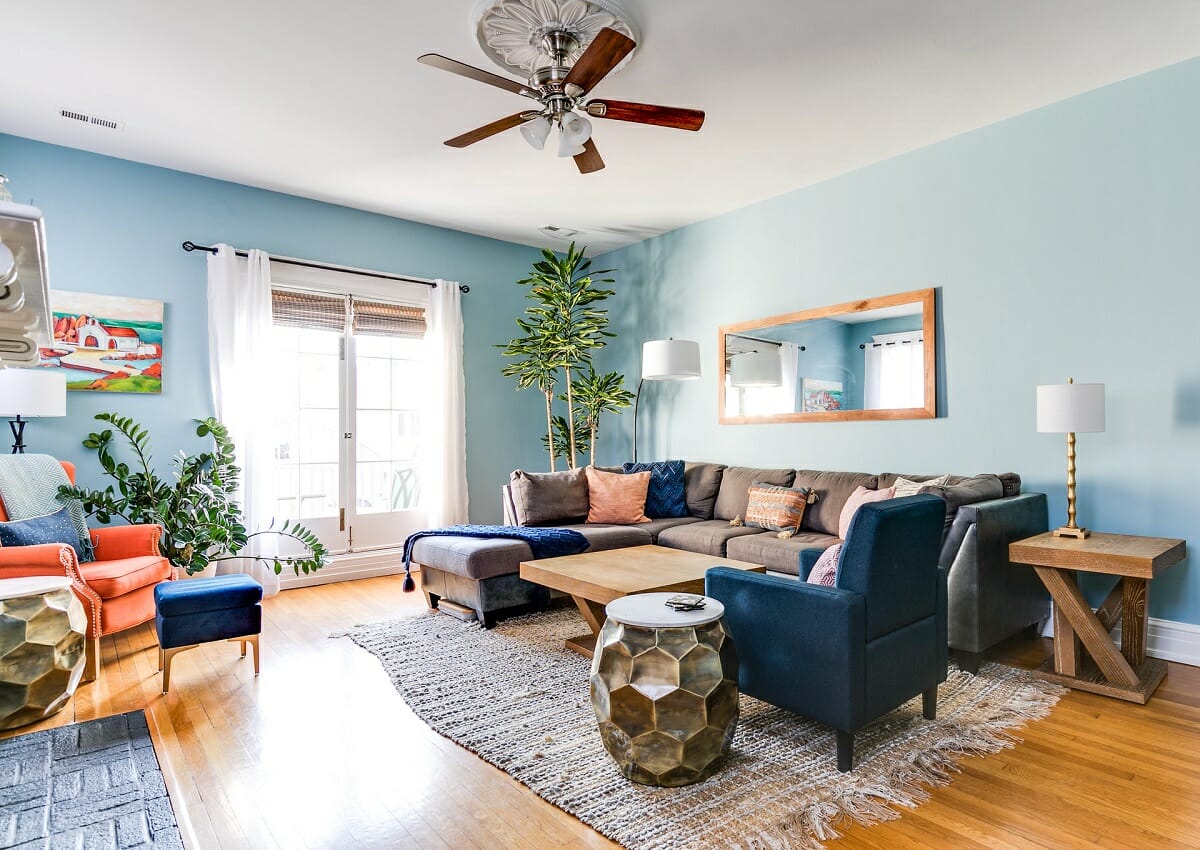




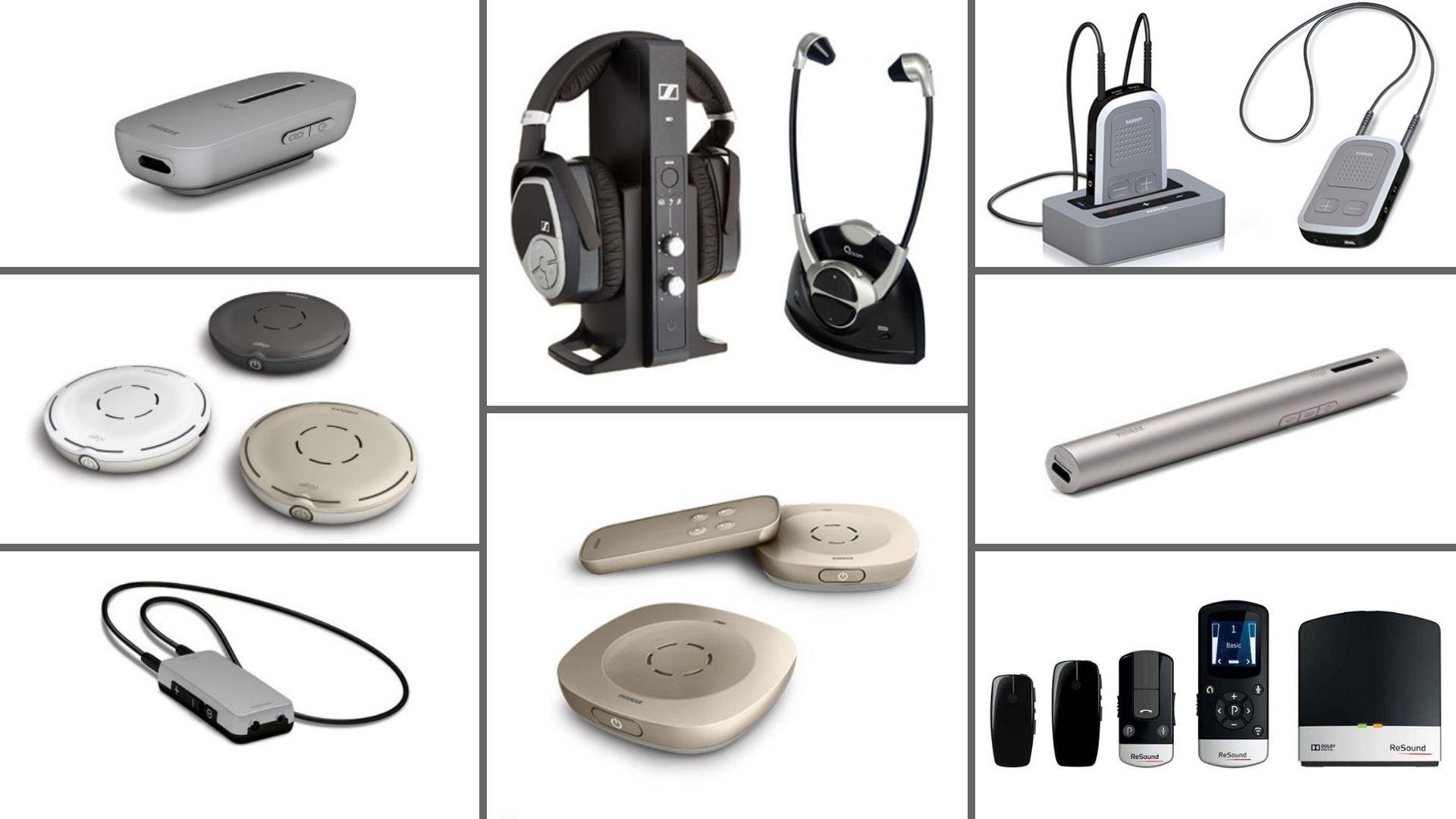
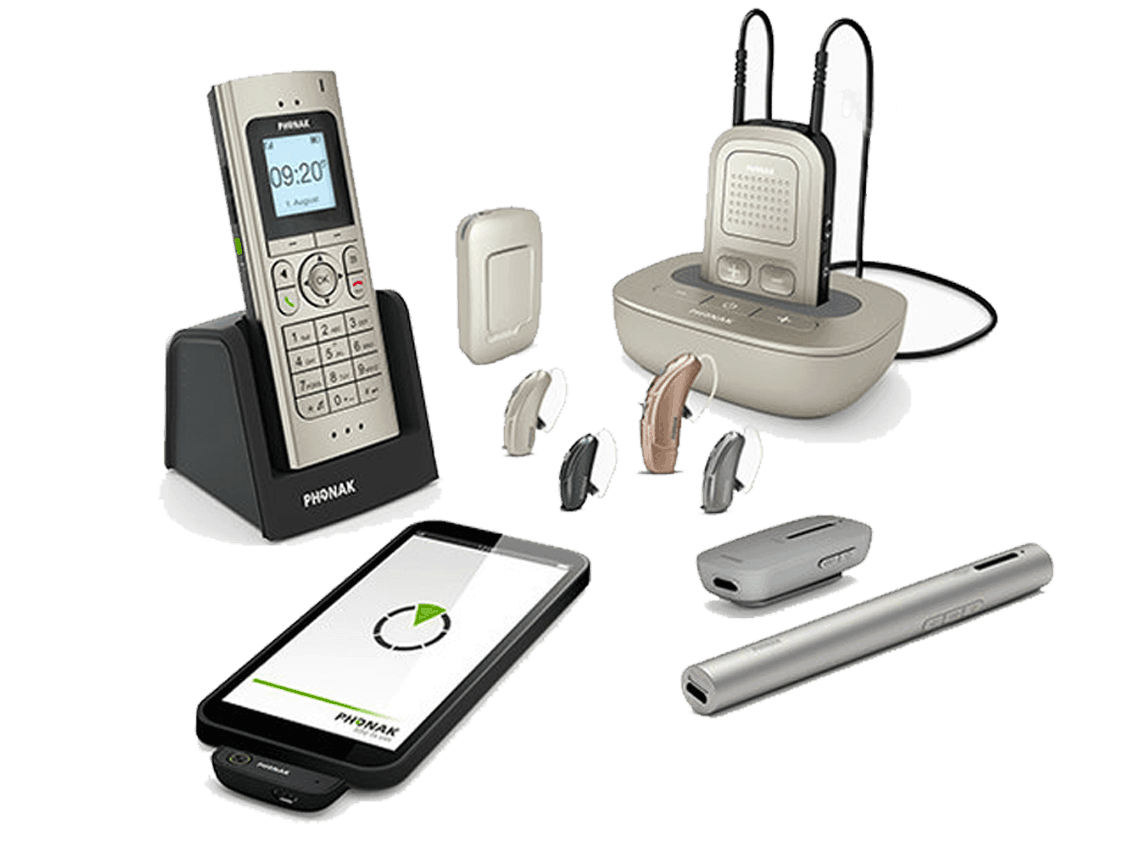


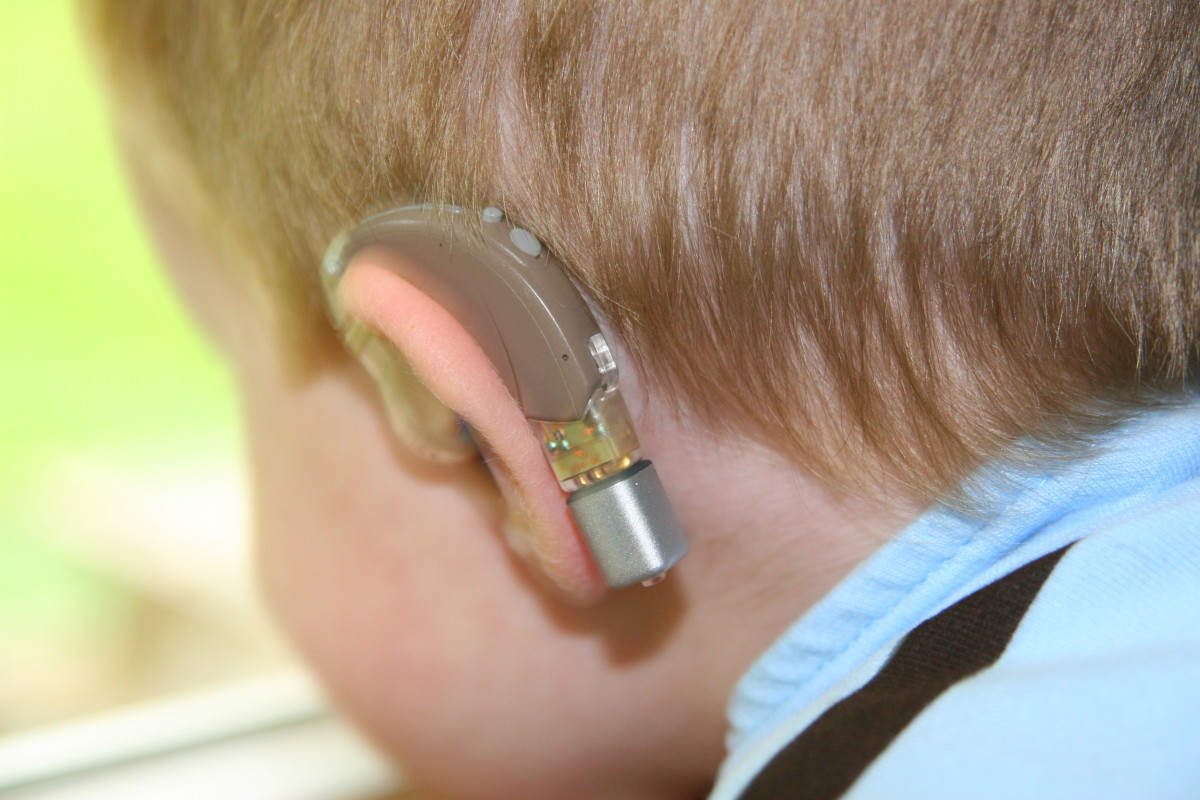






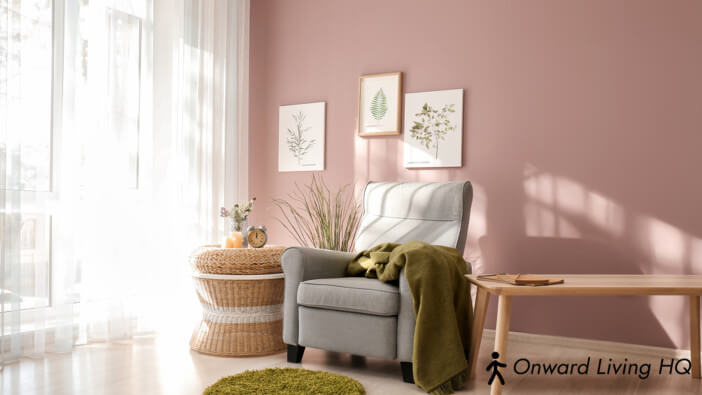




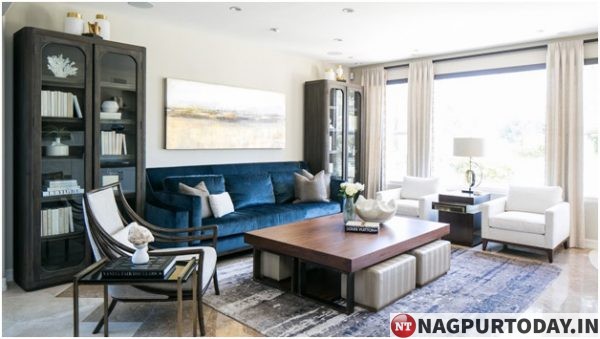





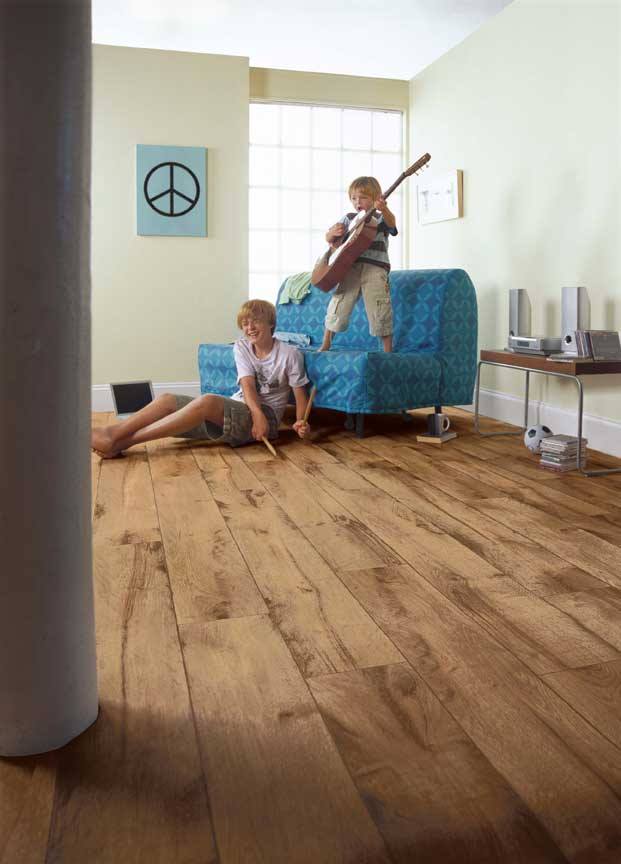
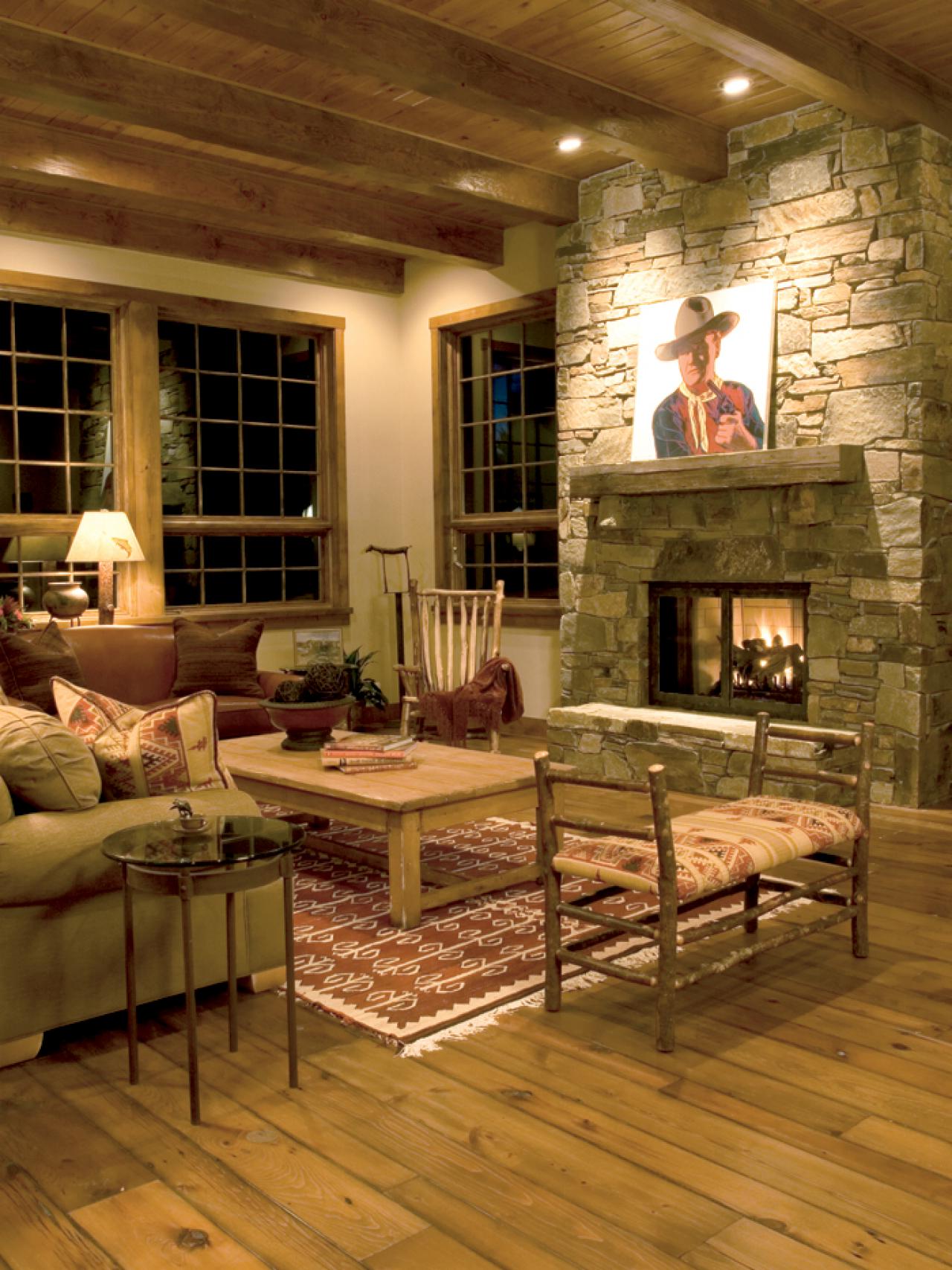
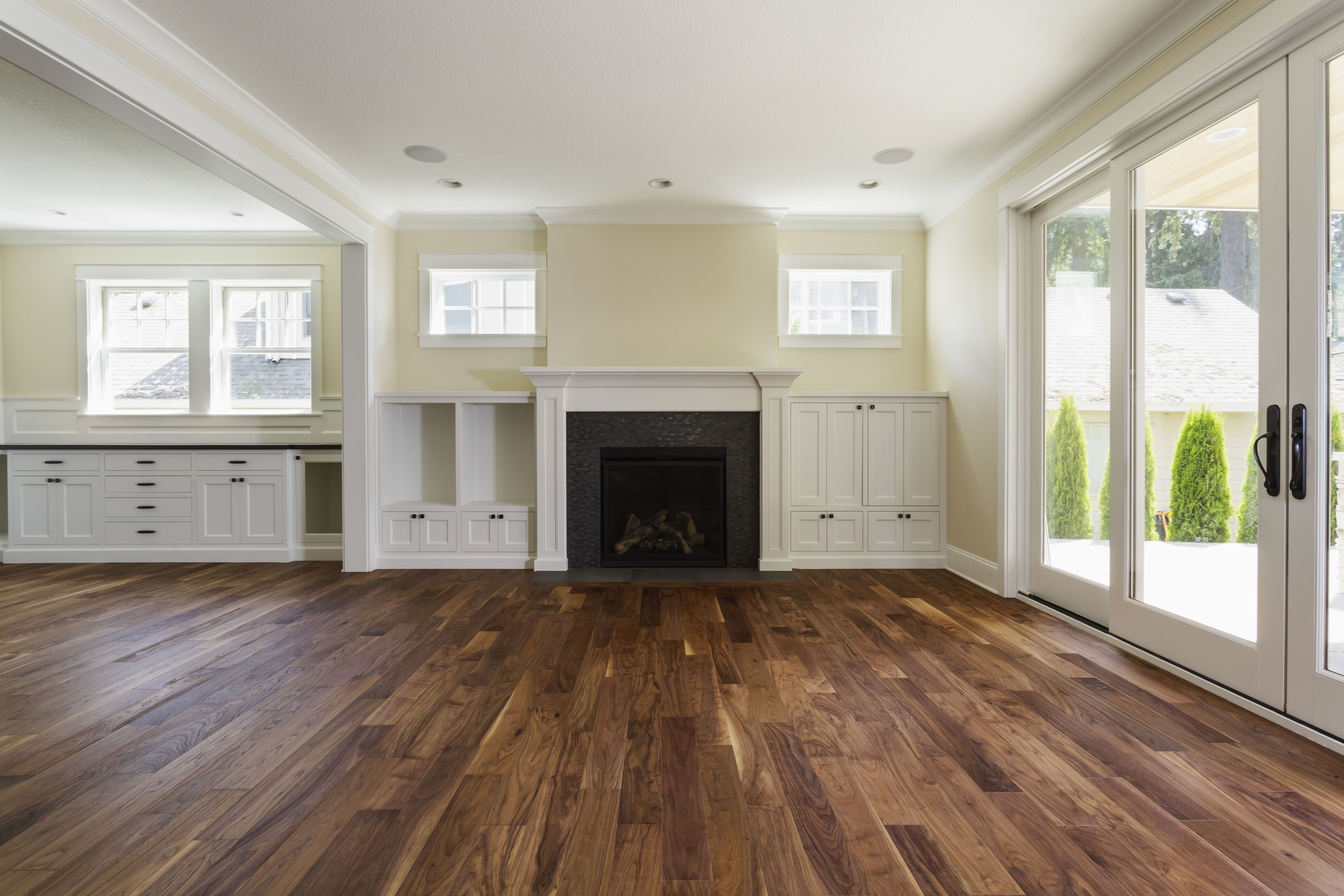

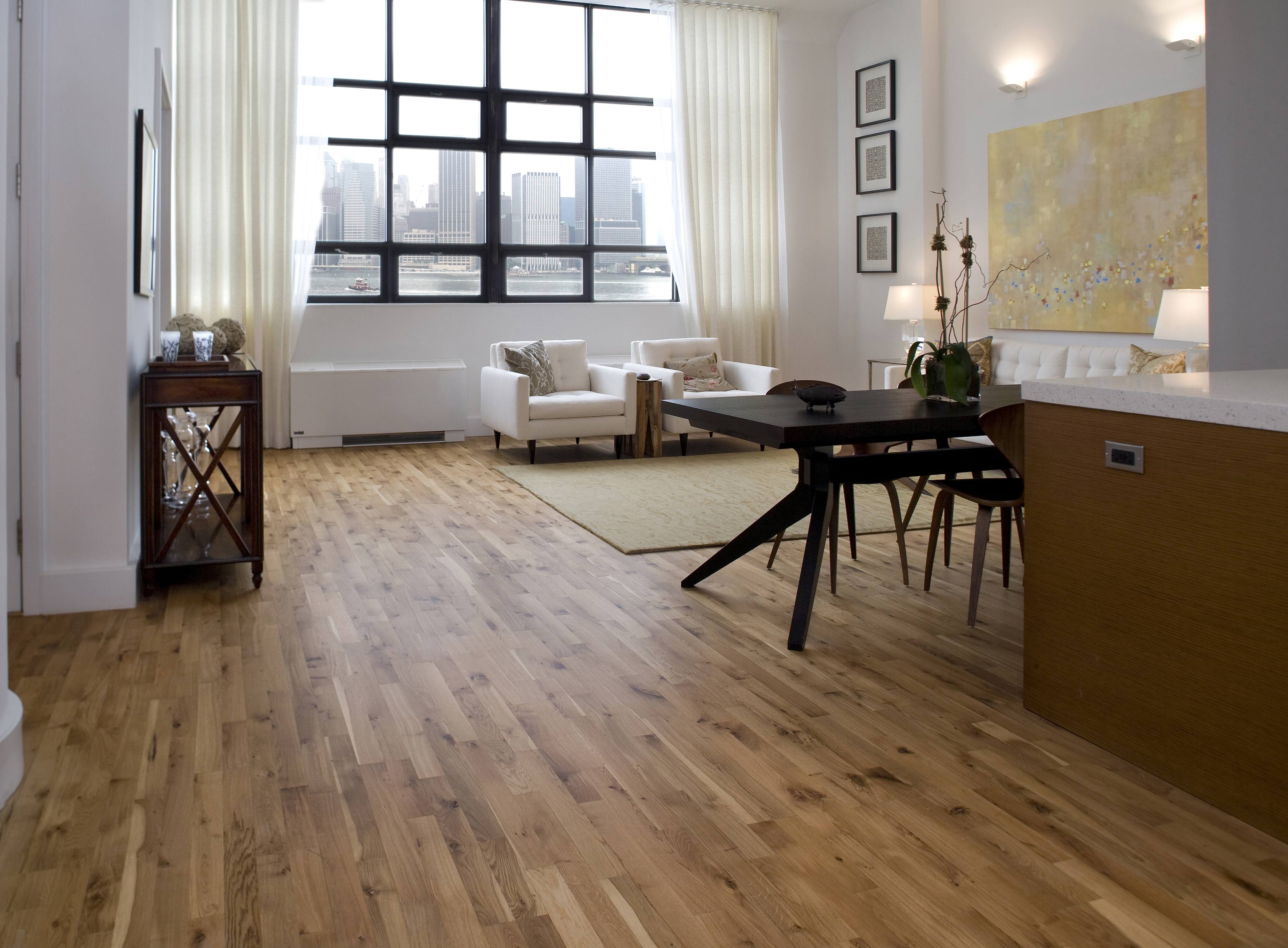
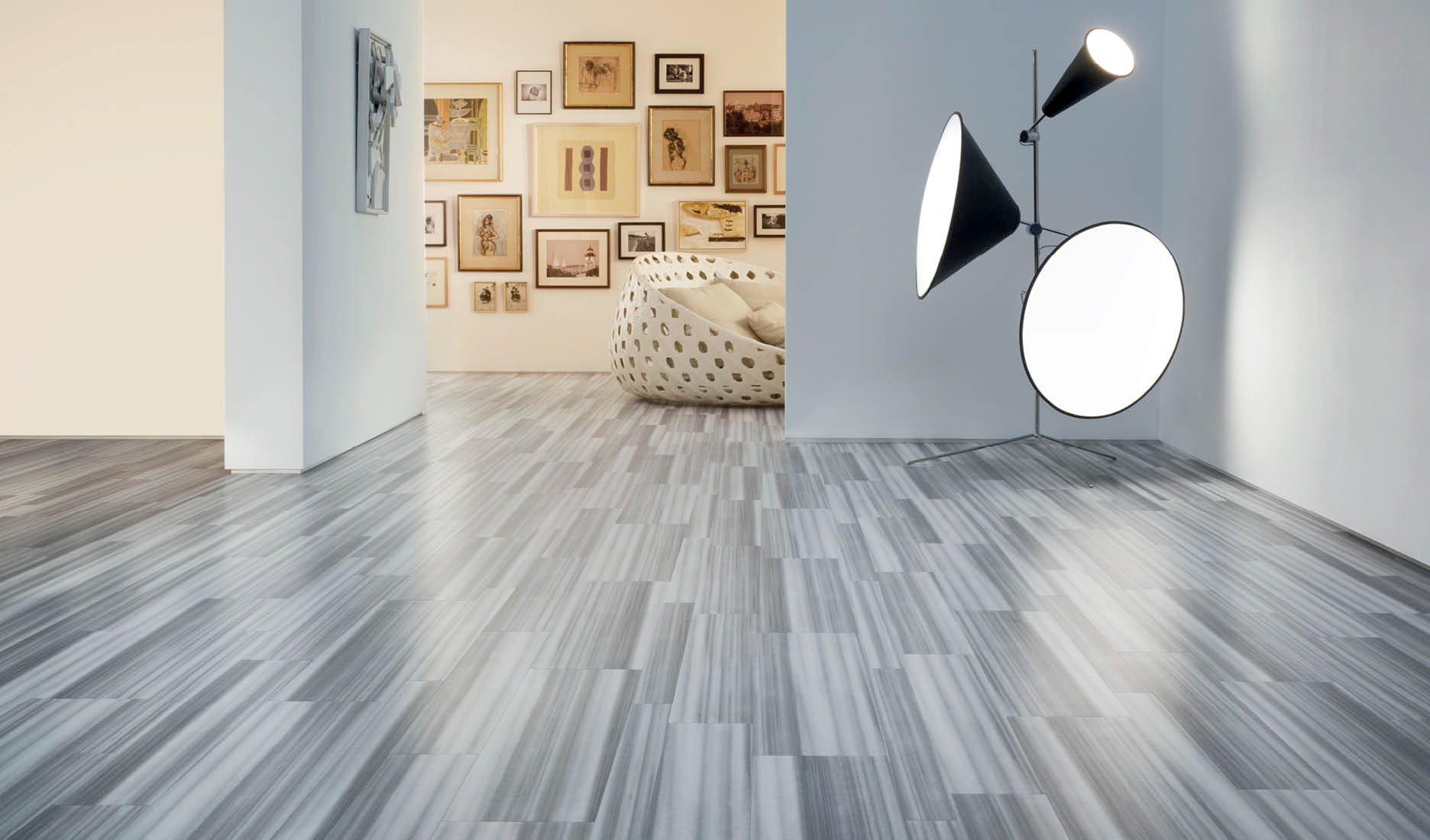
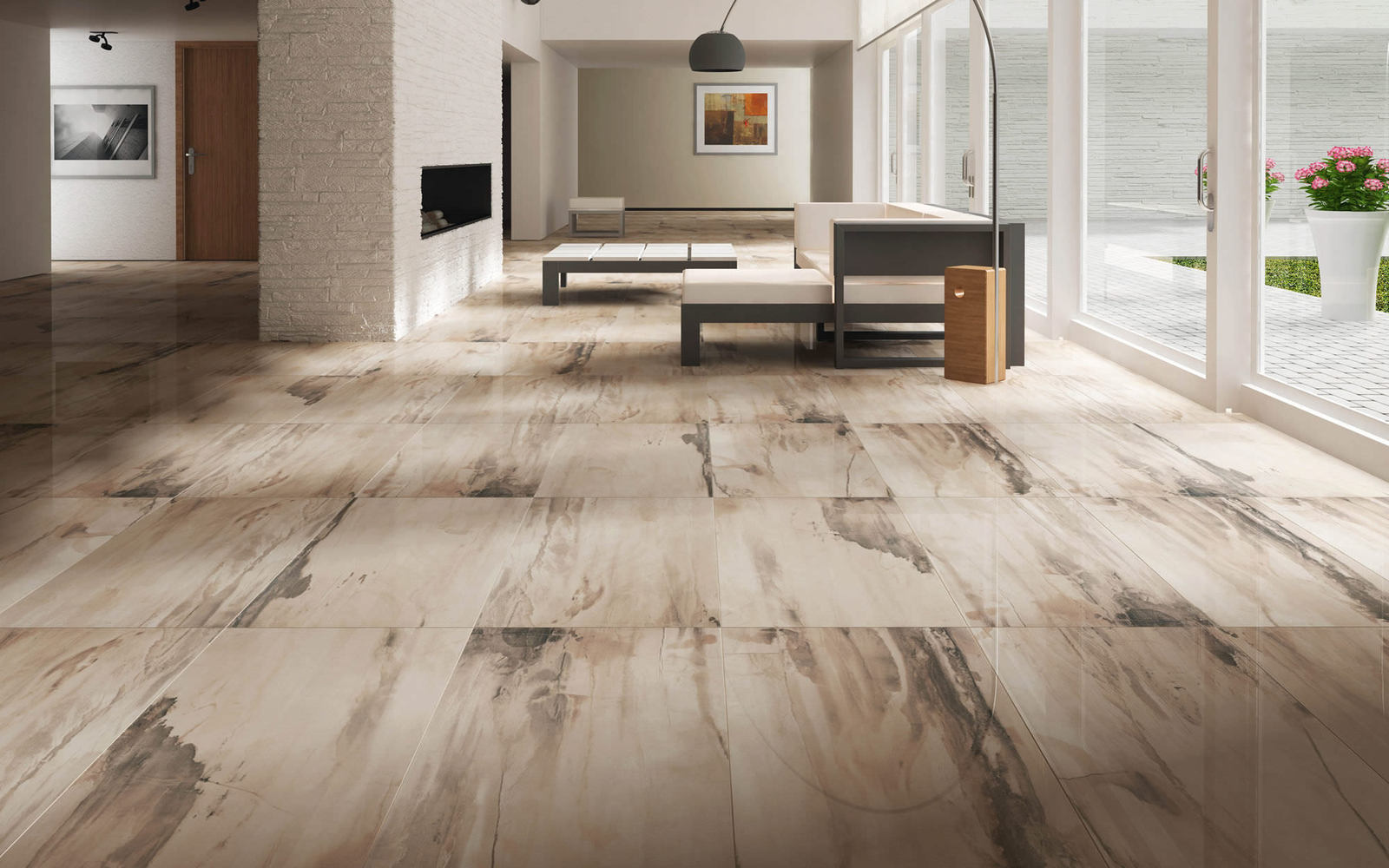

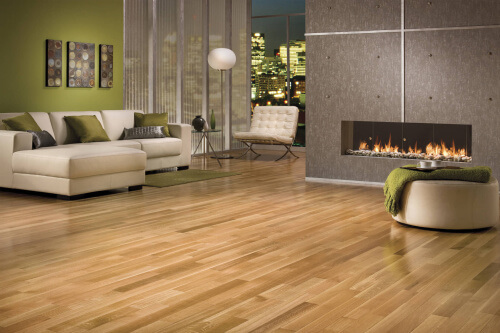
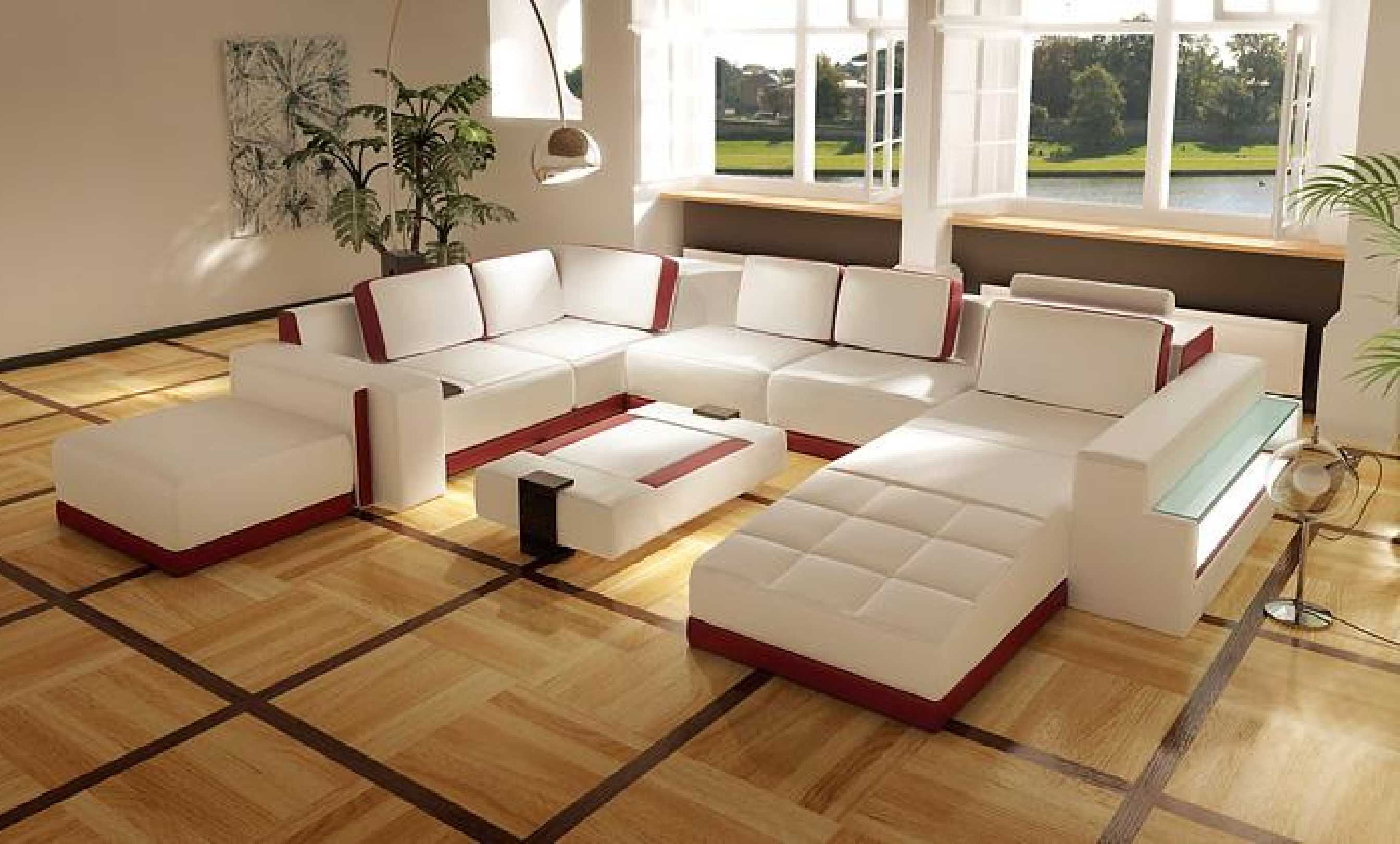
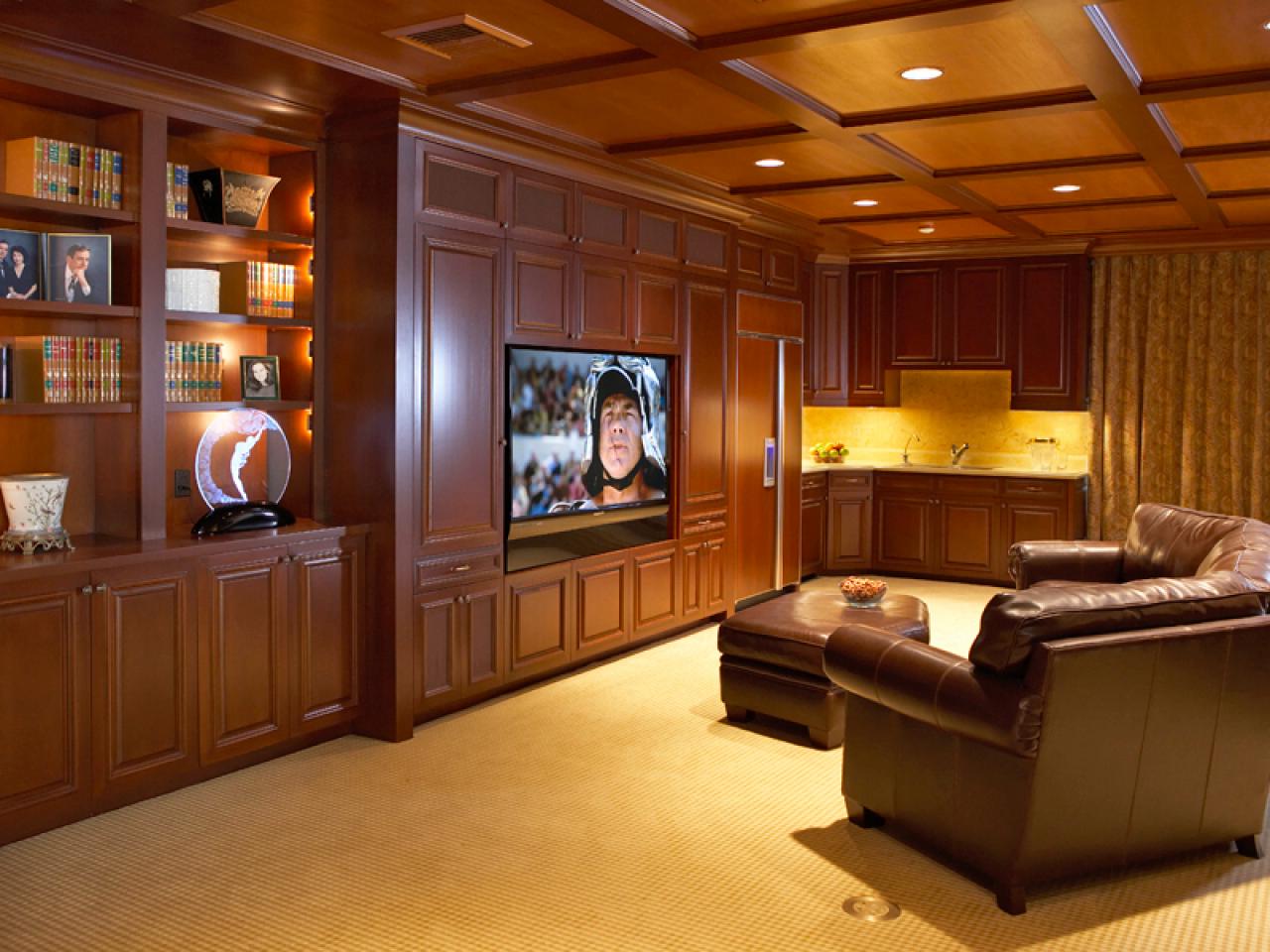
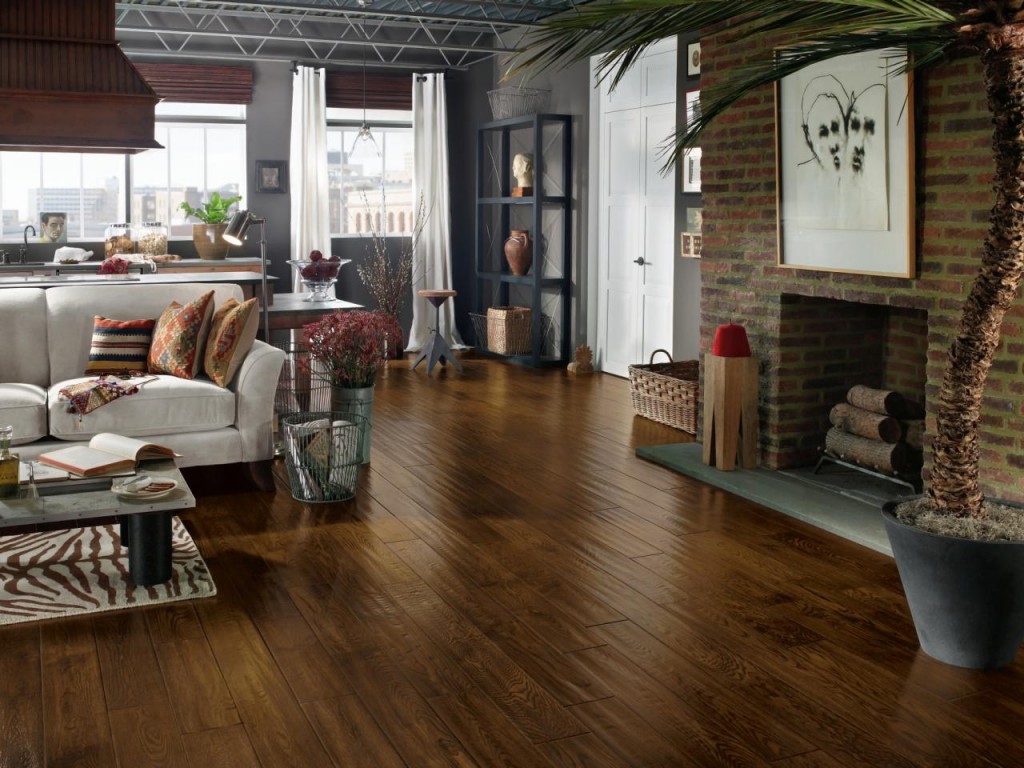
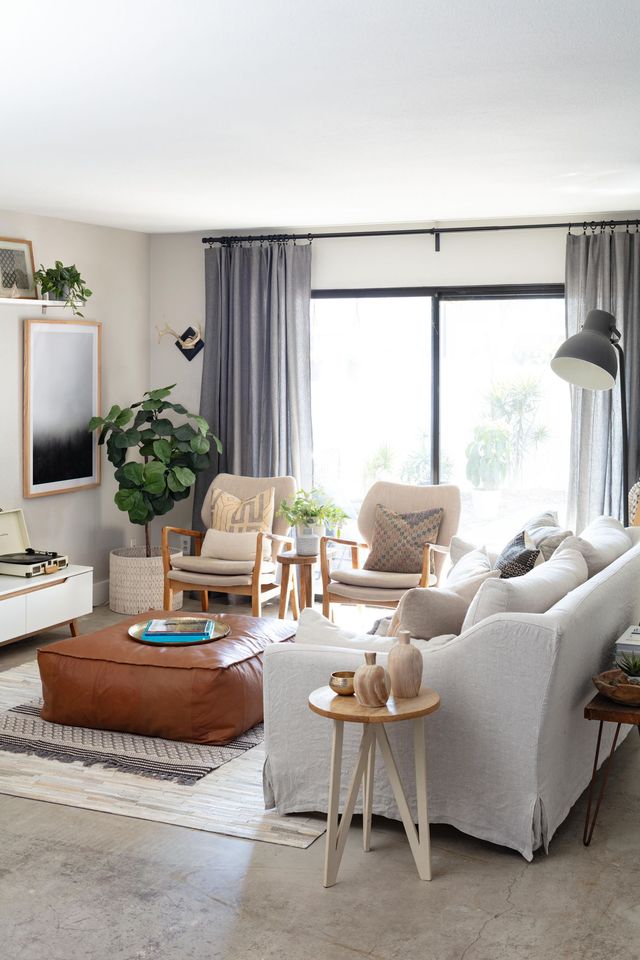








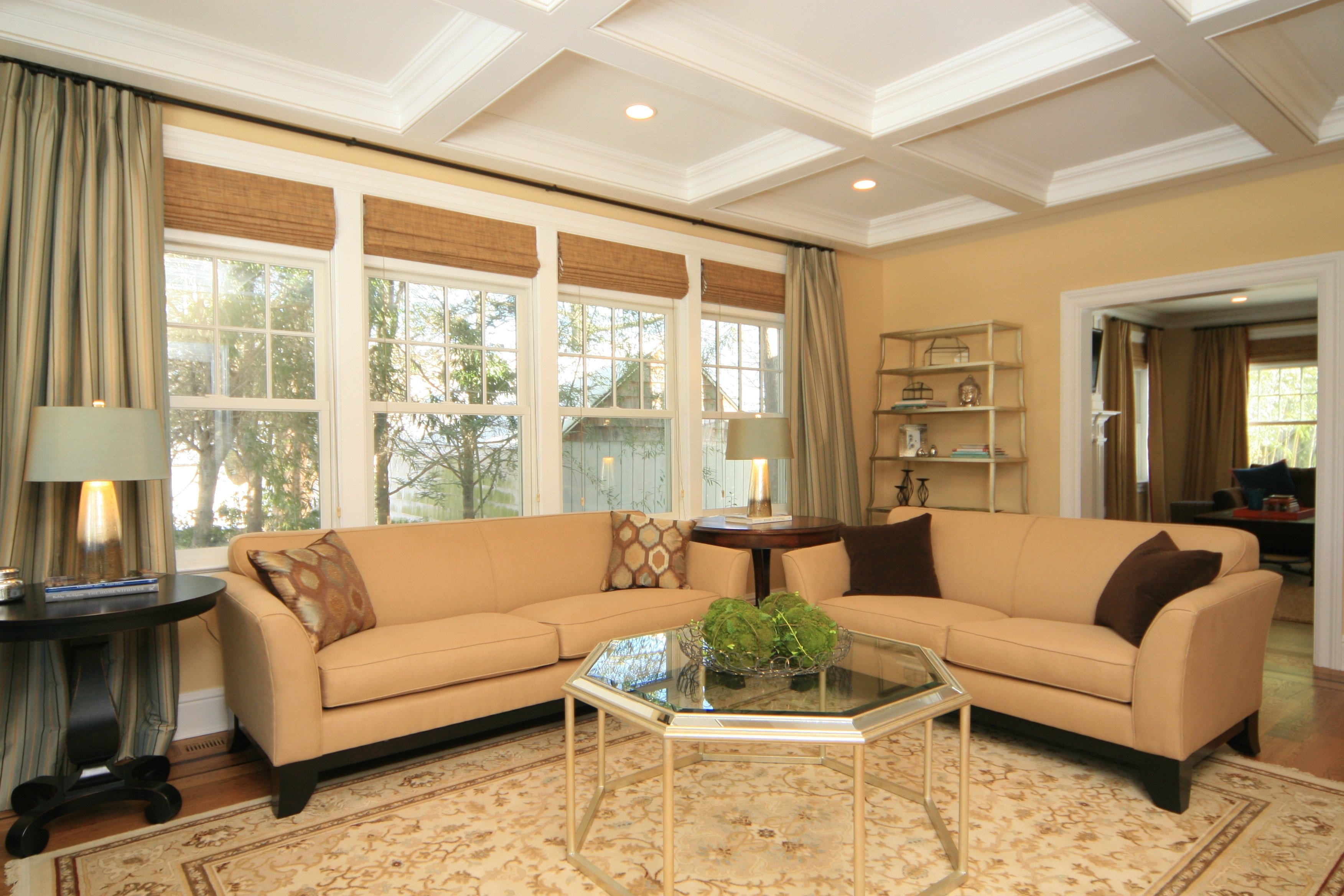

/GettyImages-842254818-5bfc267446e0fb00260a3348.jpg)



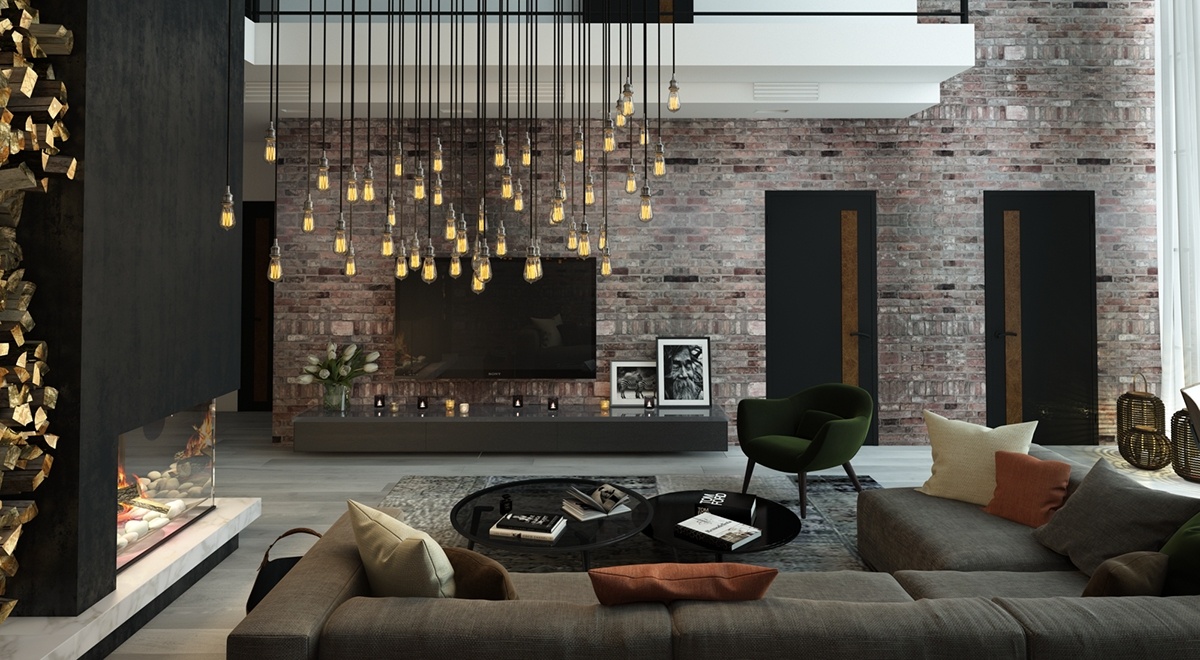
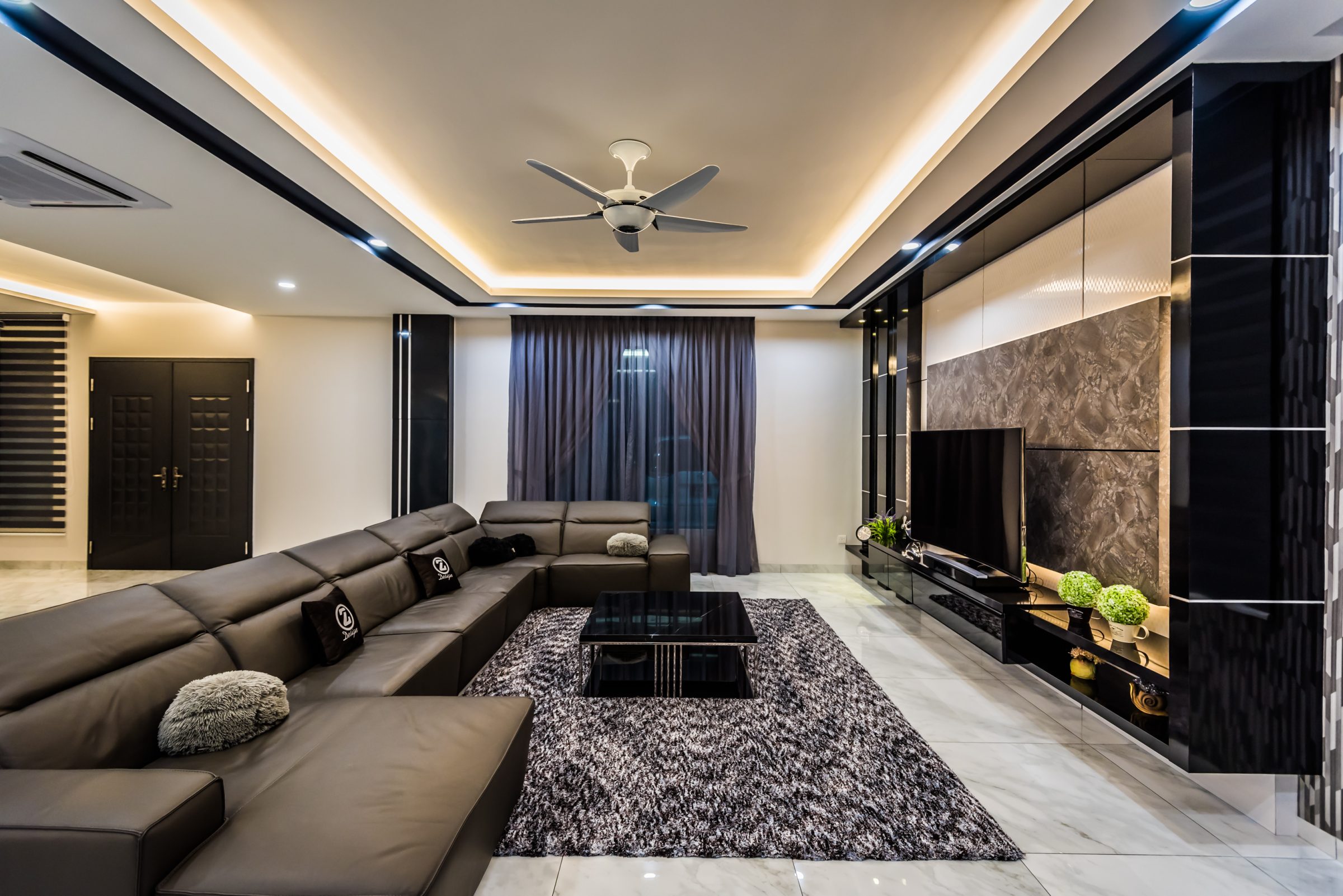
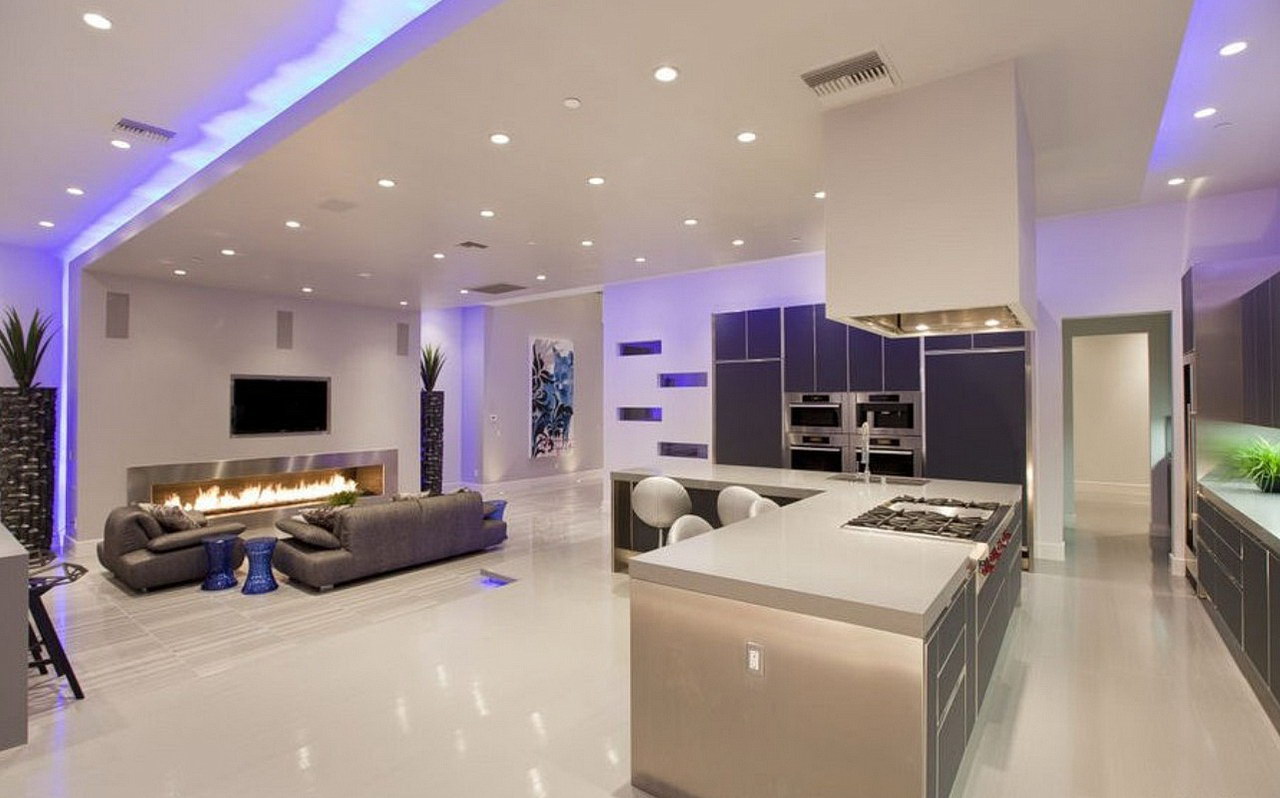



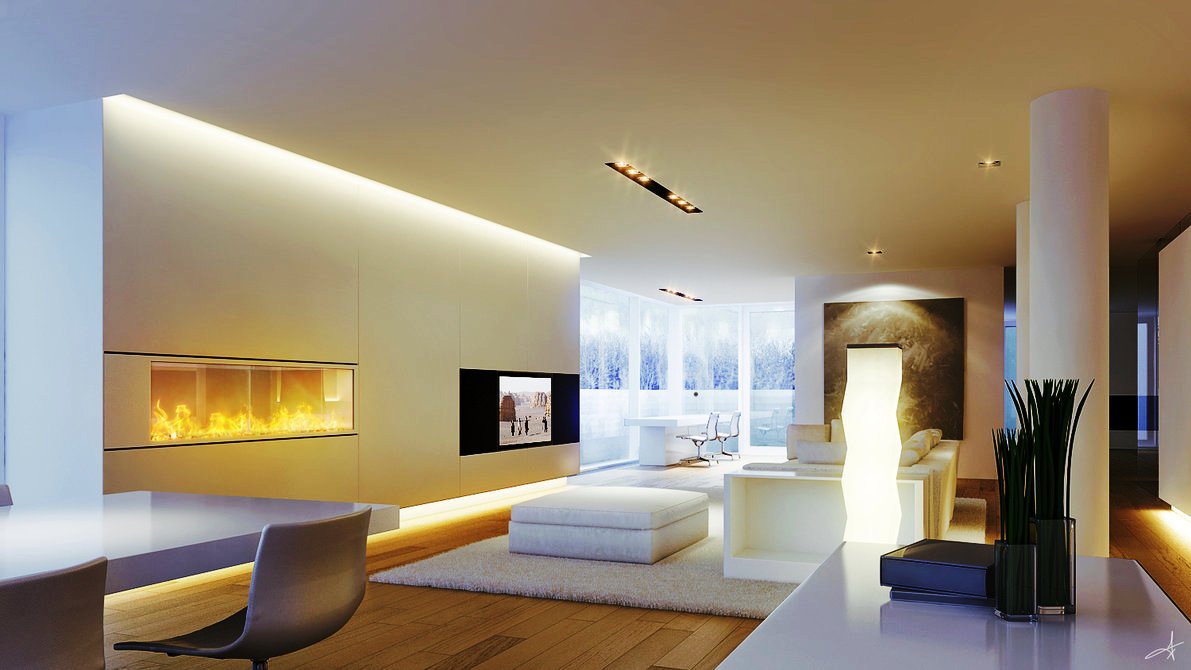






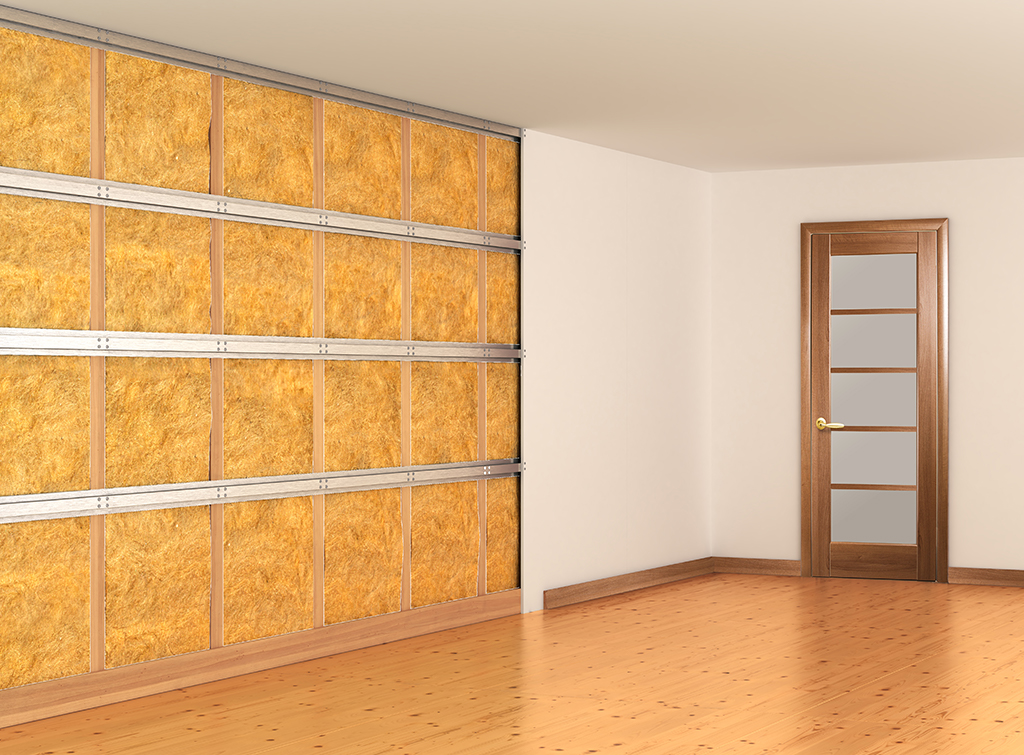



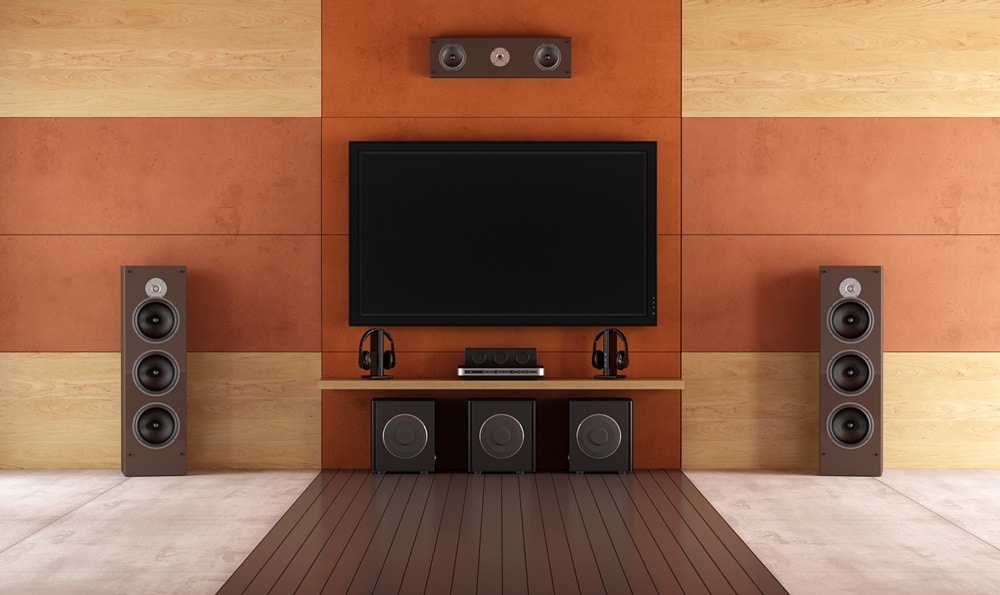


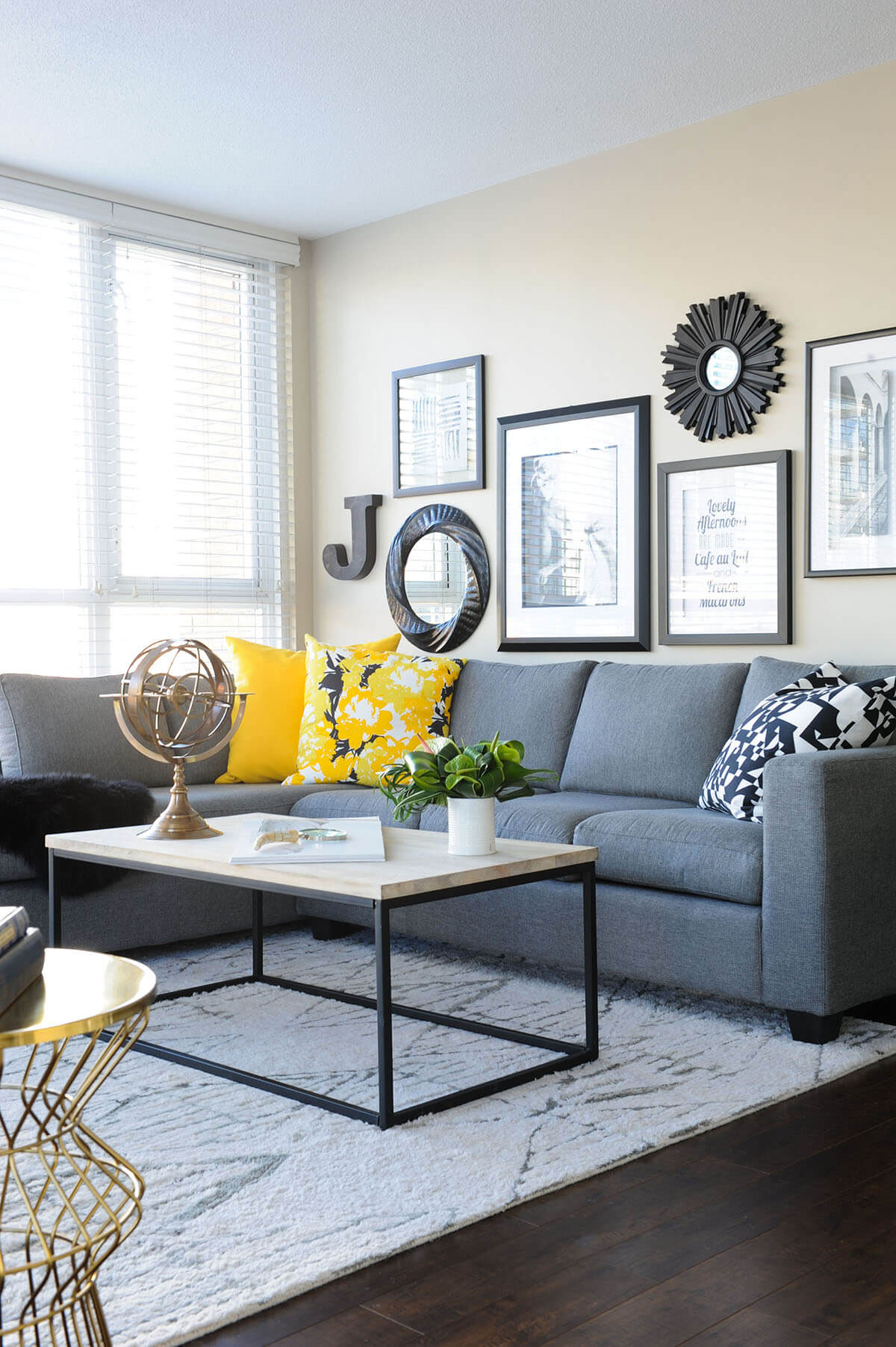



:max_bytes(150000):strip_icc()/Chuck-Schmidt-Getty-Images-56a5ae785f9b58b7d0ddfaf8.jpg)
